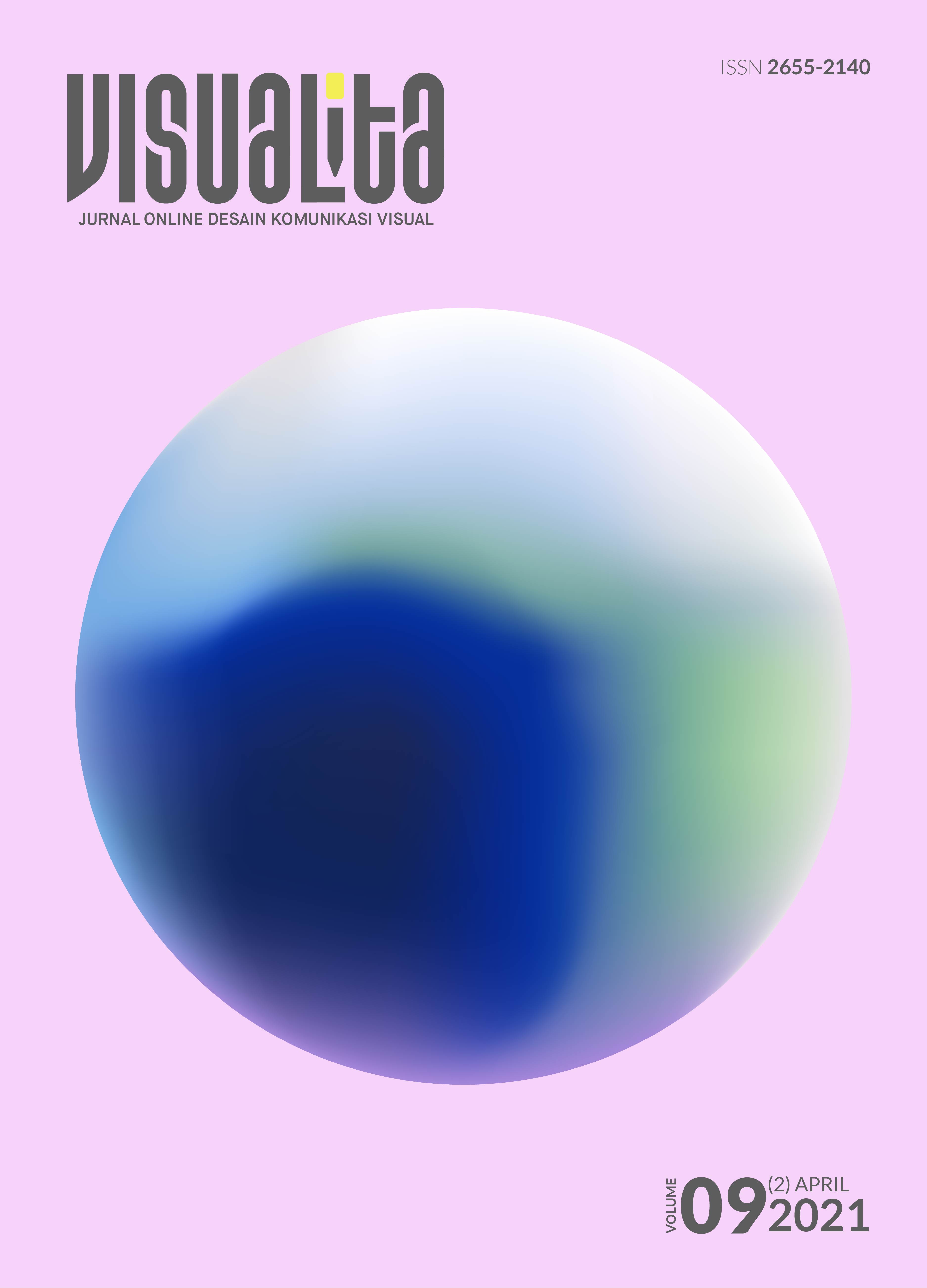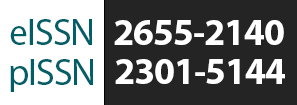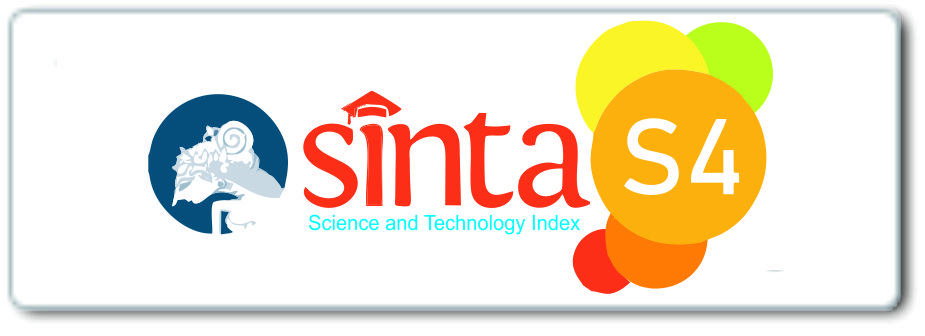PERANCANGAN BUKU VISUAL KULINER NEGERI LOMBOK
DOI:
https://doi.org/10.34010/visualita.v9i2.3518Keywords:
Design; Visual Book; Traditional cuisine; LombokAbstract
West Nusa Tenggara is one of the provinces in the Unitary State of the Republic of Indonesia which has two large islands, namely Lombok Island and Sumbawa Island with a central government located in the city of Mataram. Lombok Island has a variety of traditional culinary and has its own uniqueness, for example is Ares which is made from young banana or kedebong banana. However, there is another problem behind the traditional culinary diversity on the island of Lombok, namely the lack of knowledge of young people about traditional culinary on the island of Lombok. The purpose of this service is to make a traditional culinary book that discusses the traditional culinary on the island of Lombok. This design uses design thinking method in order to get the right problem solving solution in designing the work. The traditional culinary book "Negeri Lombok" was composed with so many visual markers such as the songket keker motif and a variety of photography that displays the traditional culinary of Lombok so that readers more quickly recognize and understand the content delivered. to want to learn and preserve the traditional cuisine of the region.
Downloads
Downloads
Published
Issue
Section
License
Authors who publish with Visualita agree to the following terms:
- Authors retain copyright and grant the journal right of first publication with the work simultaneously licensed under a Creative Commons Attribution-NonCommercial 4.0 International License.
- Authors are able to enter into separate, additional contractual arrangements for the non-exclusive public distribution and display of the journal's published version of the work (e.g., post it to an institutional repository or publish it in a book), with an acknowledgement of its initial publication in this journal.
- Authors wishing to include items (such as images or other media, or any creative works of others whether previously published or not) must contact the original copyright holder to obtain explicit permission to publish these items in Visualital. Writing permission should include: the title(s) of any copyrighted work, original place of publication if applicable, and an acknowledgement of having read Visualita copyright notice. Authors are responsible for obtaining this permission and keeping it in their own records for later verification.






